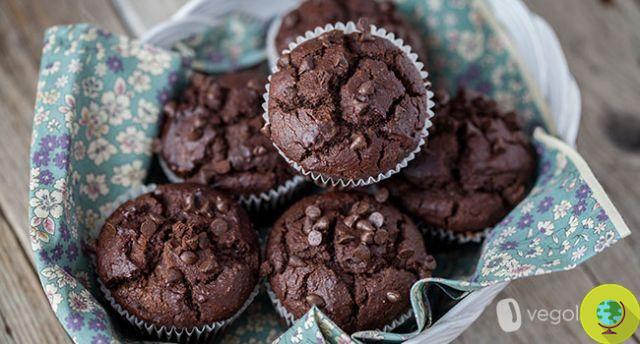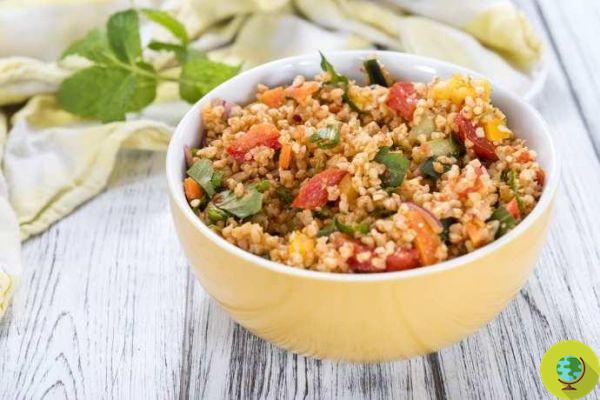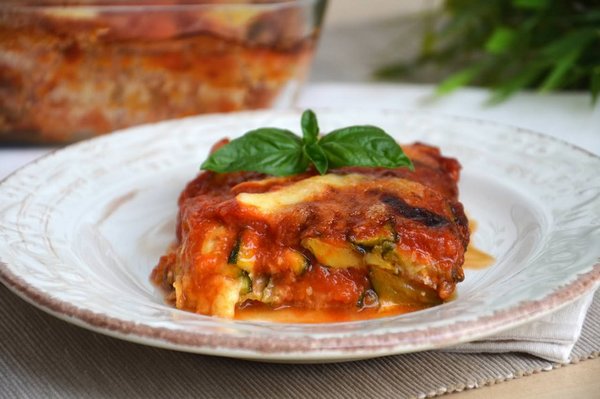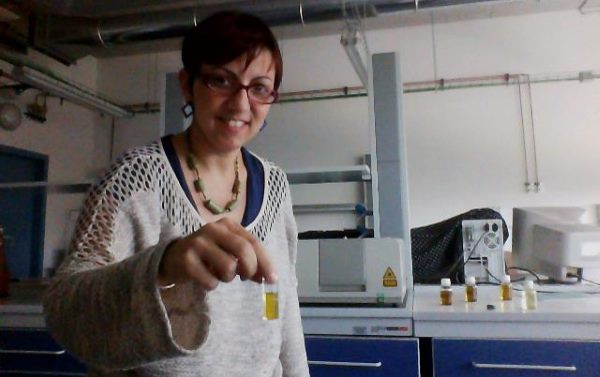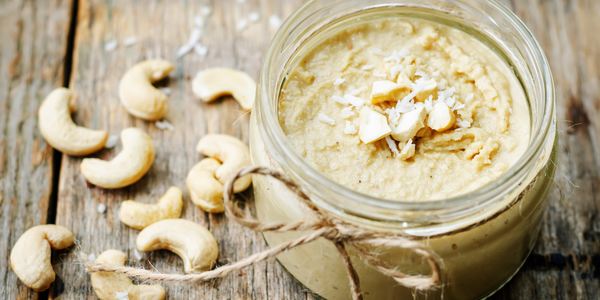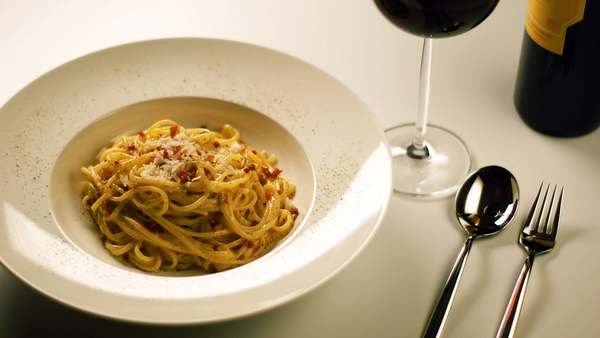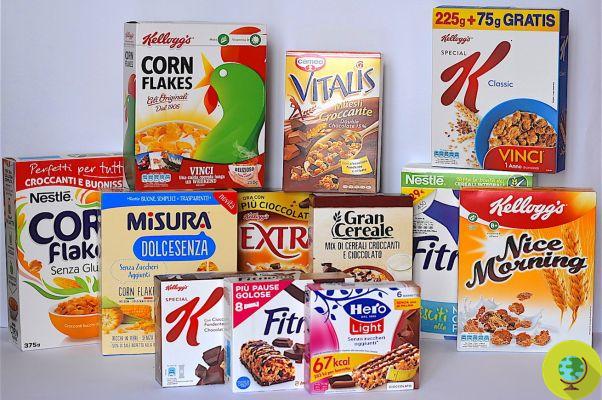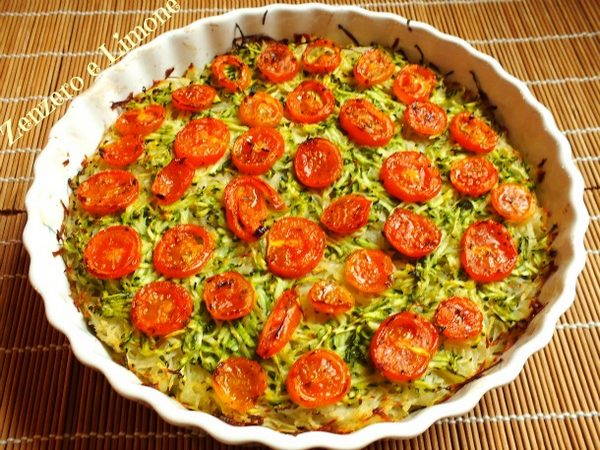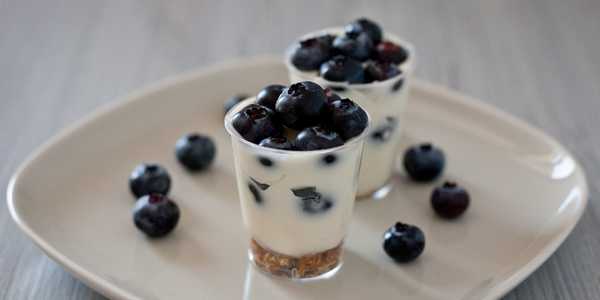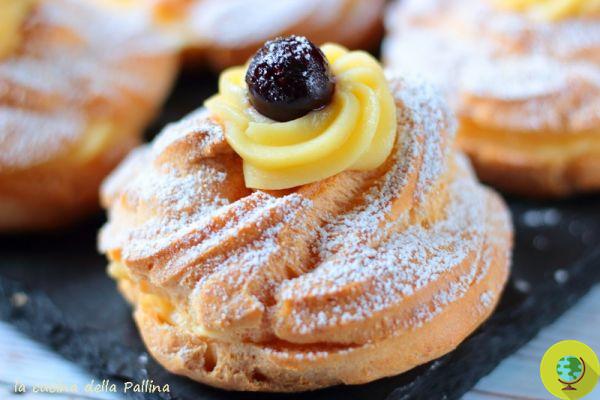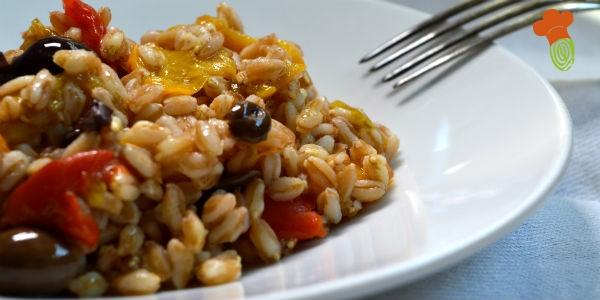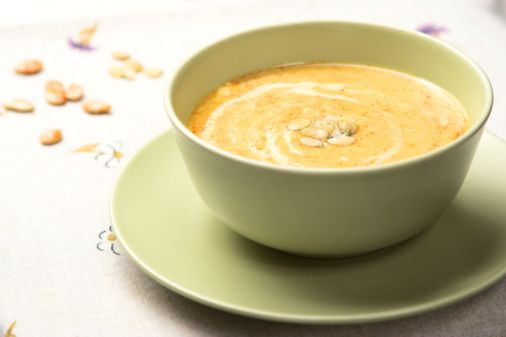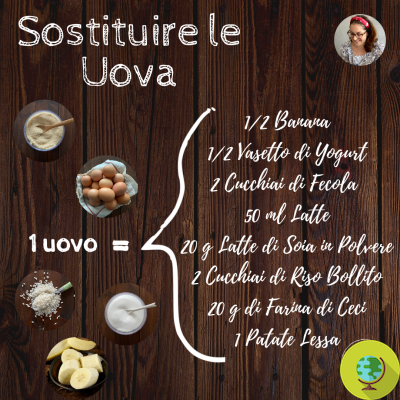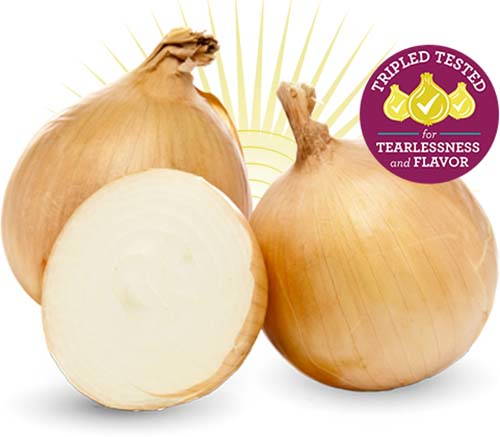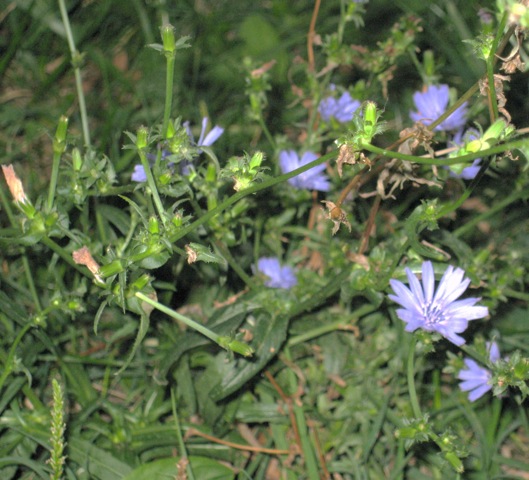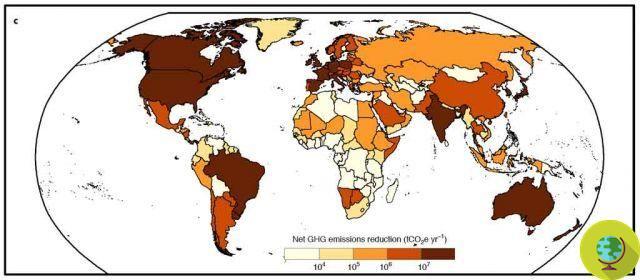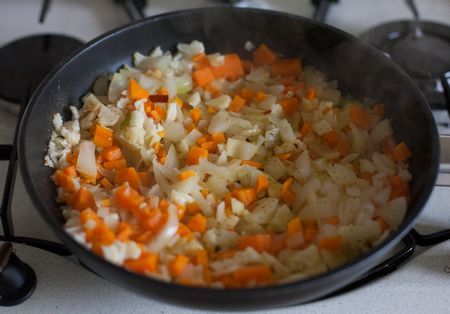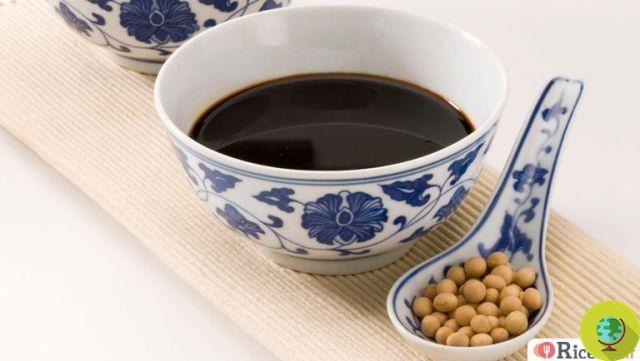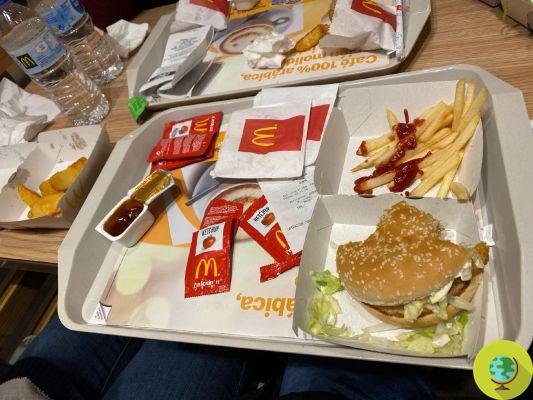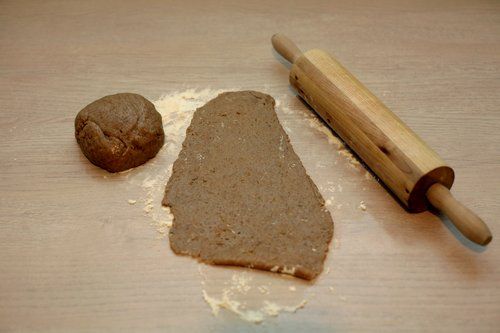Breakfast cereals. Good products, greedy and with attractive packaging especially for children. But is this really as healthy a solution as the ads want you to believe? What's really in our children's breakfast?
Breakfast cereals. Good products, greedy and with attractive packaging especially for children. But is this really as healthy a solution as the ads want you to believe? What's really in our children's breakfast?
You will certainly have happened to be in the breakfast cereal section at the supermarket. Long shelves that enclose a large variety of products of different sizes, colors and flavors able to please everyone and to combine with milk or yogurt for a good and quick breakfast.
La corn word then it evokes something extremely healthy and useful for our body. The problem, however, is that these products have practically nothing left of the original cereal. But then what's really inside these colorful packages? Let's keep an eye on the label.
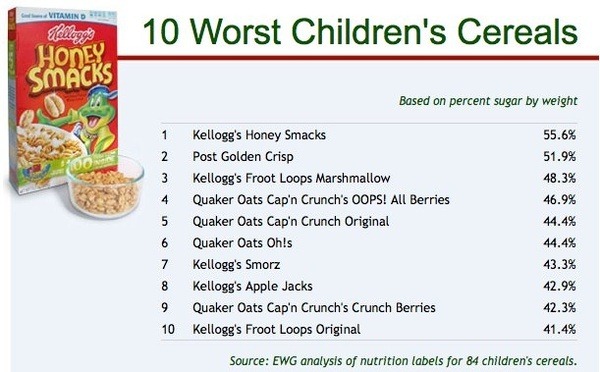
SUGARS
Most of the breakfast cereals they have a high sugar content used to make them more palatable to children. Sometimes it is corn syrup or fructose but the result does not change. Among other things, it is often not clear the origin of these sweeteners and whether, for example in the case of corn, they are made with GMO products.
Read also: SUGAR IN CEREALS IS POISONING OUR CHILDREN: THE HEALTHY BREAKFAST SCAM
HYDROGENATED OILS
Some breakfast items contain vegetable oils such as palm oil, certainly not health benefits. In some cases it is of hydrogenated oils rich in saturated fatsi that various scientific studies have linked to the appearance of heart disease, immune problems and tumors. The labels refer generically to "hydrogenated oils" and you cannot be sure whether or not there are trans fats in the product. Incidentally, if these are less than 0,5 grams per serving, companies are allowed to write "0 grams of trans fat".
BHA
BHA (butylated hydroxyanisole) is a food additive also used in some breakfast cereals. Studies have linked this additive to cancer and for this reason the National Institutes and the National Toxicology Program of the United States have come to declare that: "it is reasonable to believe that BHA is carcinogenic to humans".
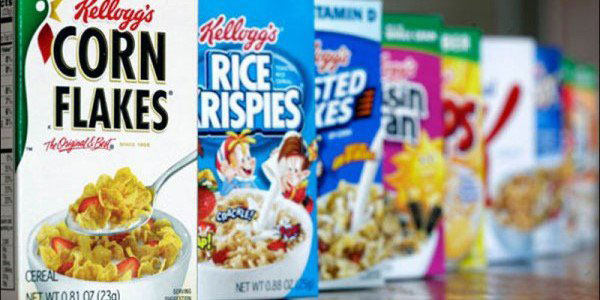
SOY LECITHIN
The problem with soy lecithin is that it could be origine transgenica and according to the Cornucopia Institute (which carries out research and investigations on agricultural and food products) it could contain toxins. The processing of soy lecithin often involves the use of hexane, a substance that has been registered by the World Health Organization as a carcinogenic and neurotoxic potential. Traces or residues of hexane may remain inside the product.
EXTRUSION
Most breakfast cereals use a process called "extrusion" by exposing the grains to high levels of heat and pressure, thereby changing their chemical nature, making them processed foods e destroying most of the nutrients contained therein. For this reason, many grains are fortified with vitamins and minerals.
FORTIFICATIONS
Some grain producers try to hide the high sugar content through fortification, that is the addition of synthetic vitamins and minerals. In some cases these products can even be toxic as they are too enriched. A normal serving of breakfast cereal could in fact contain zinc, niacin and vitamin A in doses much higher than the RDA (recommended daily allowance) for a child.
DYES
Lots of breakfast cereals contain artificial dyes reported on the label with a code incomprehensible to most. A 2014 study by Purdue University suggests that children are likely consuming far more food colors than people think. In fact, it is necessary to combine those contained in cereals with those consumed through other unhealthy foods and drinks.
AROMAS
Behind the wording aromas a large amount of more or less natural substances is hidden. Some flavors may also contain phthalates but companies are not required to report this on the label. Also in this case you can find codes or a generic wording "natural flavors", that is, it is not well known what we feed our children. This in fact could mean that there is a naturally aromatic substance or instead a mixture composed of dozens of other substances.
Conclusion? As always we advise you to choose significantly healthier breakfasts for your children even if maybe less kidnapped to prepare. For example, you can combine organic and unsweetened wholemeal cereal flakes, vegetable milk, yogurt (including soy), fresh or dried fruit, seeds, etc.
Here you can take a cue to find "alternative" breakfasts: 10 alternative breakfasts to cappuccino and croissant





